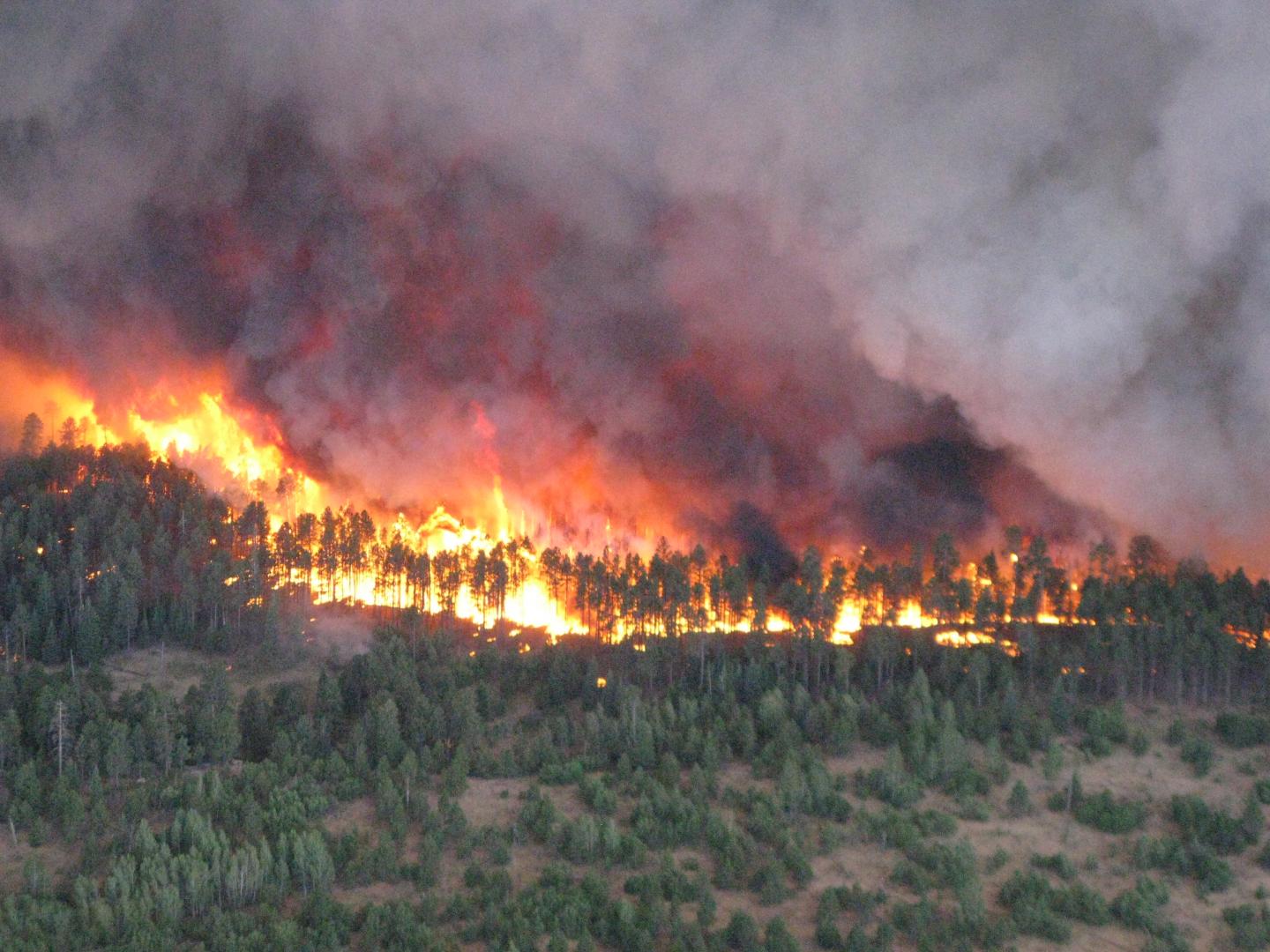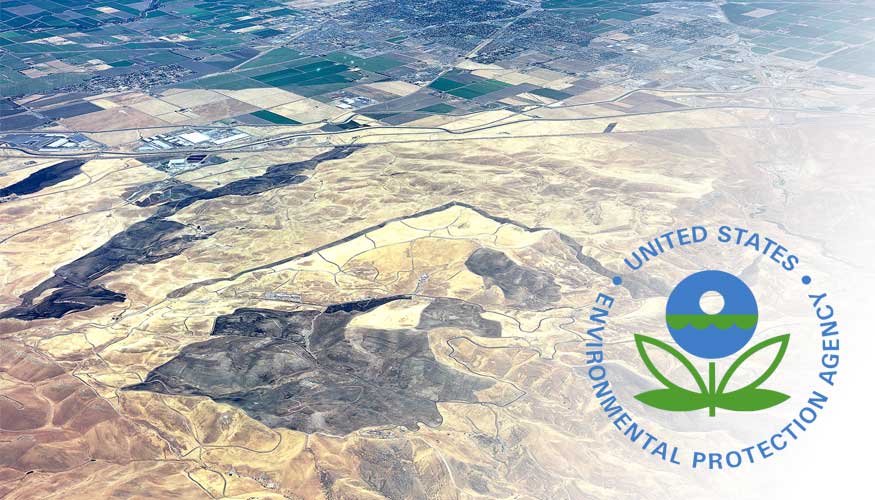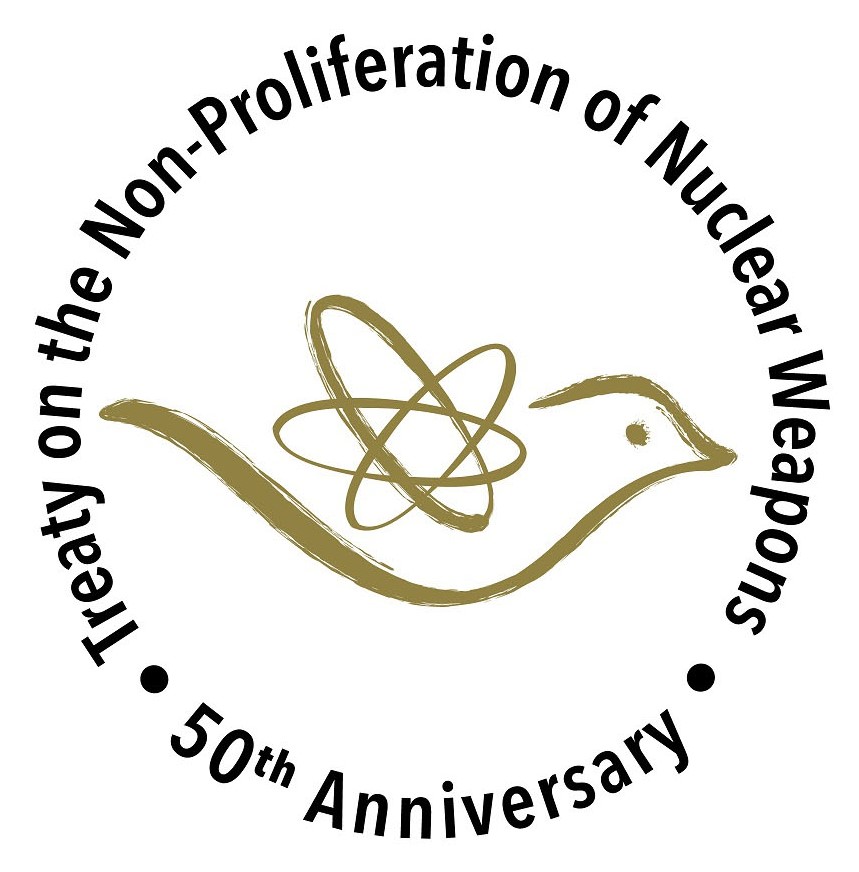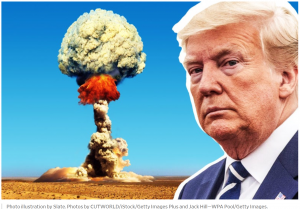“Nuclear Watch New Mexico believes that it is past time that this dangerous contaminant is cleaned up at the source.
Extracted treated groundwater should be pumped or trucked uphill to flush out the remaining 90% of the chromium so that it can be decisively dealt with instead of with only marginally effective “pump and treat” for a few centuries…”
By Jay Coghlan
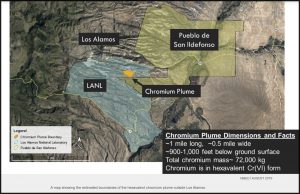 The real shame is how ineffective Lab cleanup of the hexavalent chromium plume is. First, even after 18 years, LANL and DOE still don’t know the boundaries of the plume, all the while claiming it’s not on San Ildefonso Pueblo Land (maybe LANL should deprioritize expanded nuclear weapons production and focus on that). Second, this is our common “sole source” (EPA special designation) aquifer that is one of the primary sources of drinking water for the cities of Santa Fe, Española, and Los Alamos, eleven Pueblos and all of the Española Basin’s rural areas. Third, hex chromium is the carcinogen made notorious in the popular movie Erin Brockovich. Fourth, it is estimated that 160,000 pounds of chromium were released up until 1972, but only 10% (i.e. ~16,000 pounds) has been recovered through extraction and treatment. When the head of DOE Environmental Management Los Alamos Office was asked where’s the rest of the chromium, Michael Mikolanis demurred and said that he would have to get back on that question.
The real shame is how ineffective Lab cleanup of the hexavalent chromium plume is. First, even after 18 years, LANL and DOE still don’t know the boundaries of the plume, all the while claiming it’s not on San Ildefonso Pueblo Land (maybe LANL should deprioritize expanded nuclear weapons production and focus on that). Second, this is our common “sole source” (EPA special designation) aquifer that is one of the primary sources of drinking water for the cities of Santa Fe, Española, and Los Alamos, eleven Pueblos and all of the Española Basin’s rural areas. Third, hex chromium is the carcinogen made notorious in the popular movie Erin Brockovich. Fourth, it is estimated that 160,000 pounds of chromium were released up until 1972, but only 10% (i.e. ~16,000 pounds) has been recovered through extraction and treatment. When the head of DOE Environmental Management Los Alamos Office was asked where’s the rest of the chromium, Michael Mikolanis demurred and said that he would have to get back on that question.
San Ildefonso governor says halt of plume cleanup will lead to spread onto pueblo

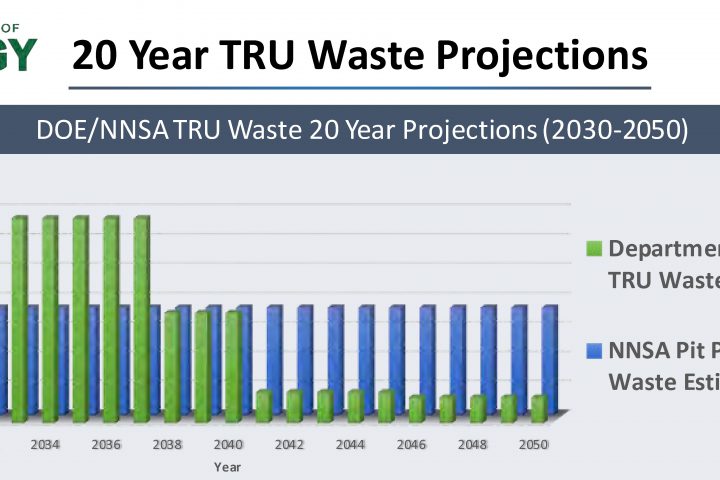
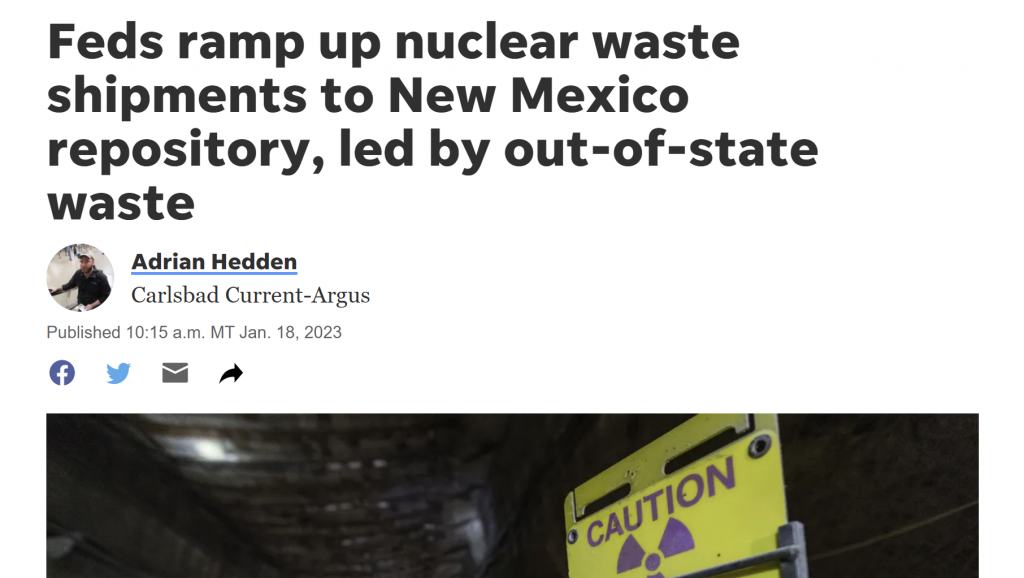
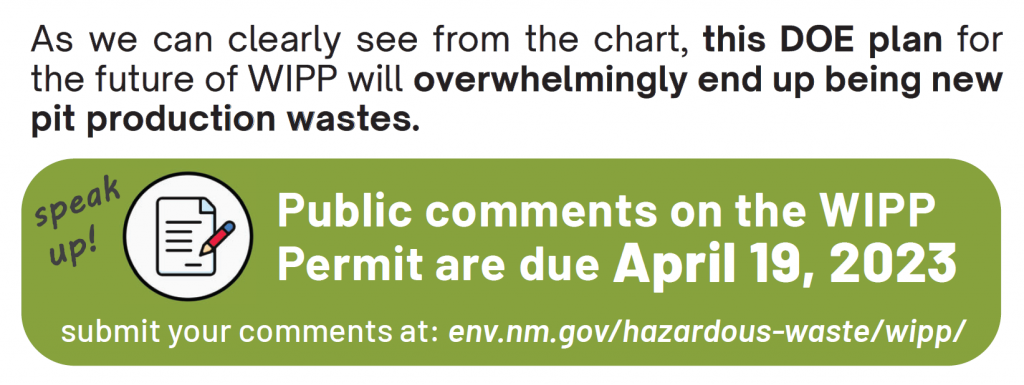


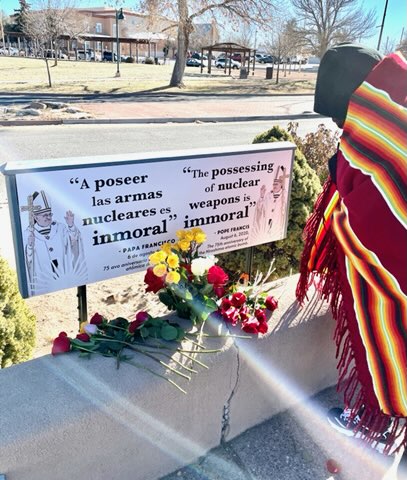
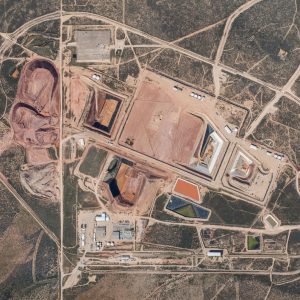
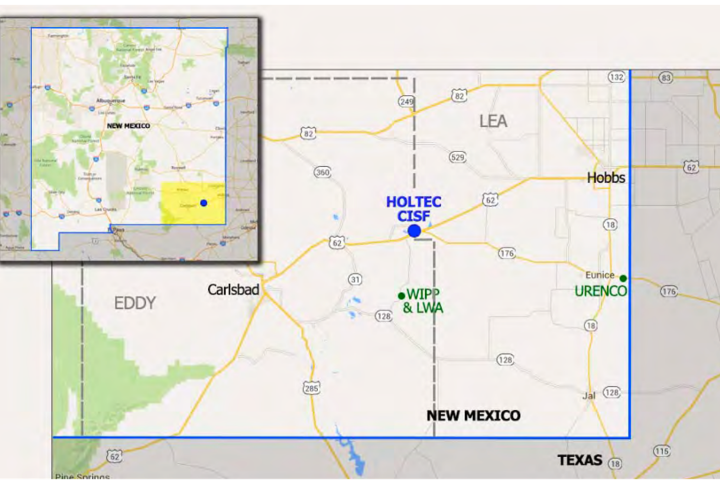
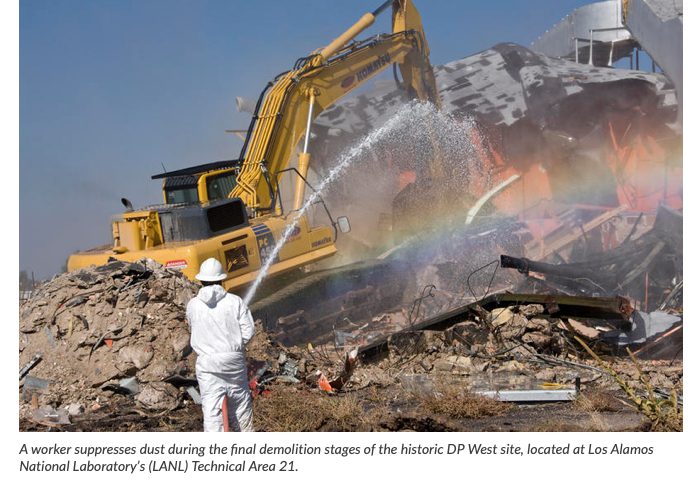
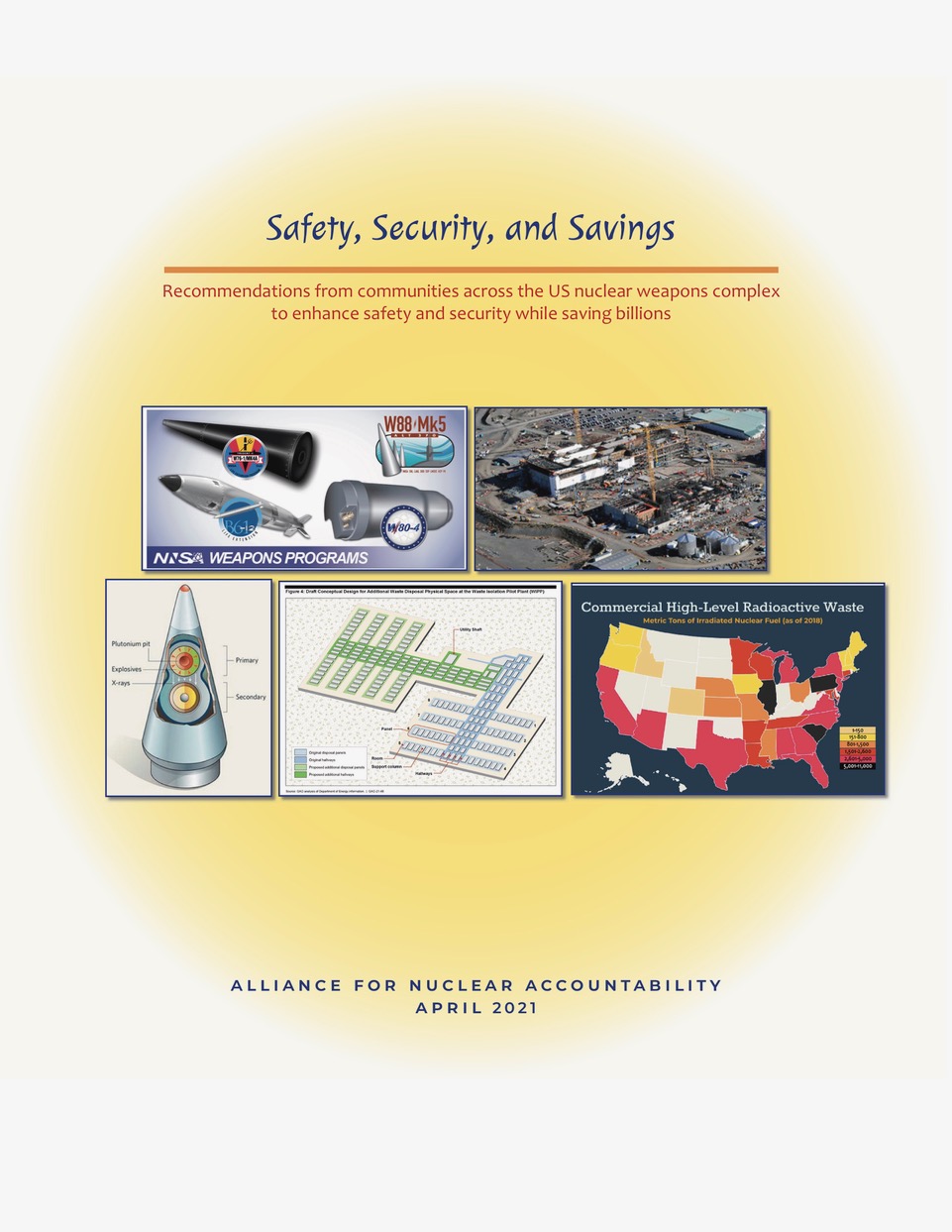
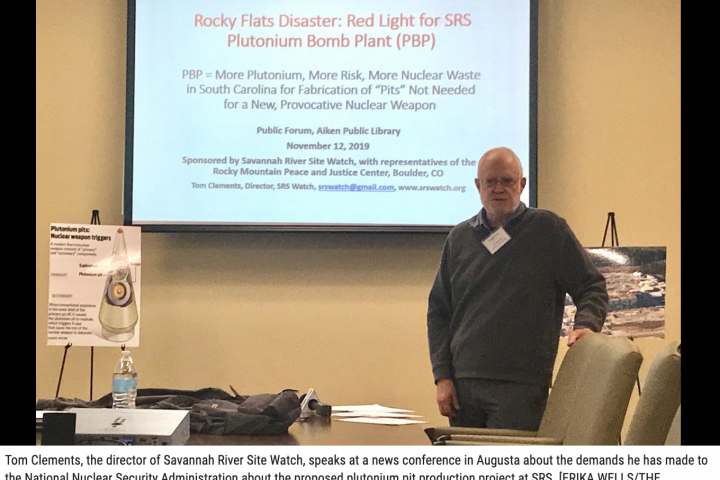
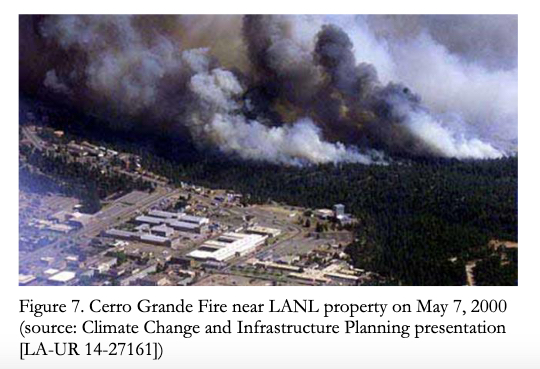




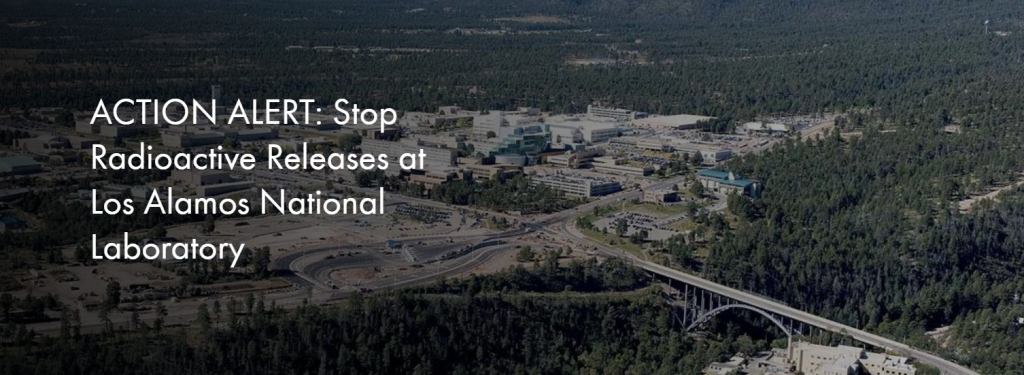
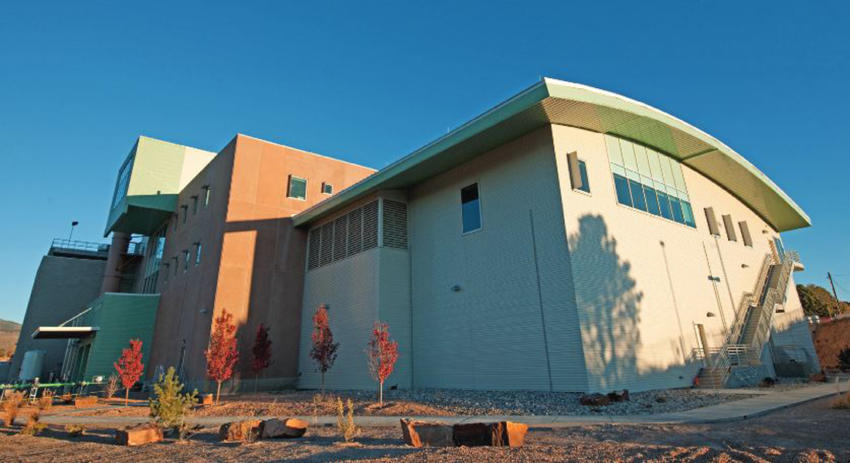
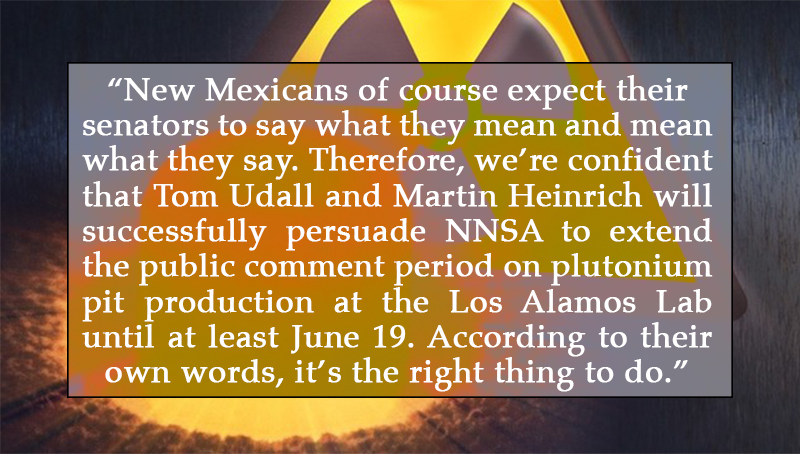
 Today, in the middle of the growing coronavirus pandemic, the U.S. Department of Energy ignored the real national crisis and irresponsibly shifted its focus to planning for nuclear war, revealing plans to construct a Plutonium Bomb Plant (PBP) at the Savannah River Site (SRS) in South Carolina.
Today, in the middle of the growing coronavirus pandemic, the U.S. Department of Energy ignored the real national crisis and irresponsibly shifted its focus to planning for nuclear war, revealing plans to construct a Plutonium Bomb Plant (PBP) at the Savannah River Site (SRS) in South Carolina.